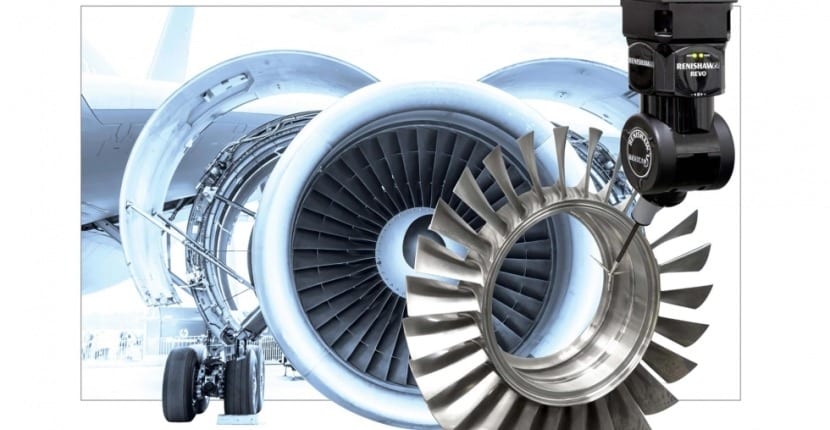
Today we meet again to talk about a very interesting project related to 3D printing, specifically we will talk about Future, a new development that was born thanks to the bet that Renishaw is carrying out the development of specialized engineering in metrology and metal printing through 3D printing and in which several Spanish engineering companies and research centers collaborate.
The true objective pursued with the development of Futuralve is none other than to create advanced materials and manufacturing technologies in order to develop a new generation of high speed turbines intended for the aerospace sector. This project will have an initial planned duration of about four years and has been financed by the Center for Industrial Technological Development.
Futuralve is the project by which Renishaw intends to create a new generation of high-speed turbines
One of the work already being carried out by Renishaw is none other than the creation of new lightweight materials manufactured by 3D printing. Among the main characteristics of these new materials we find that they must be able to withstand high forces at extreme temperatures, they must provide a weight reduction while increasing their resistance to high temperatures.
On the other hand, Renishaw is committed to contributing to the metrology and verification of aerospace parts created while working on the Futuralve project with its 5-axis measurement system. REVO, a system that has been awarded numerous awards, as well as the continuous scanning system by contact in machine tools SPRINT.
As commented by the Marc gardon, Doctor of Materials Science at Renishaw:
High-performance components within aerospace turbines require materials capable of maintaining excellent mechanical properties in highly aggressive environments. In this framework, nickel-based superalloys that are manufactured from subtractive machining have certain design limitations, which can hamper motor / system efficiency. Therefore, a suitable scenario for additive manufacturing is identified, in which complex geometries inaccessible can be manufactured by conventional procedures.